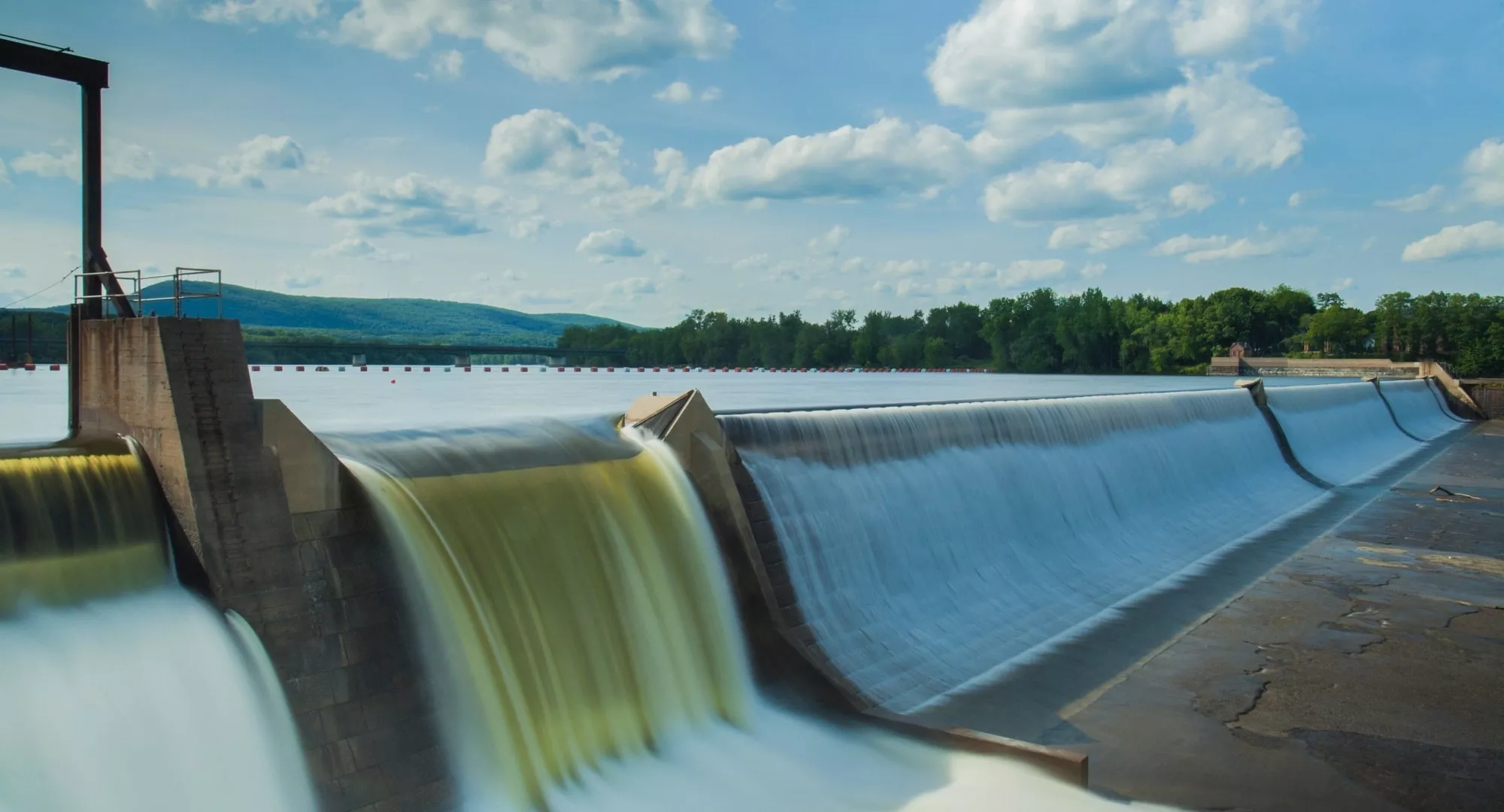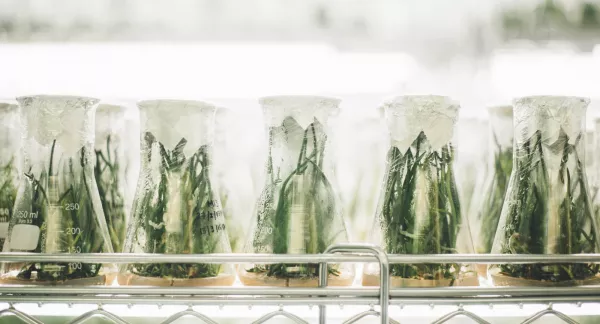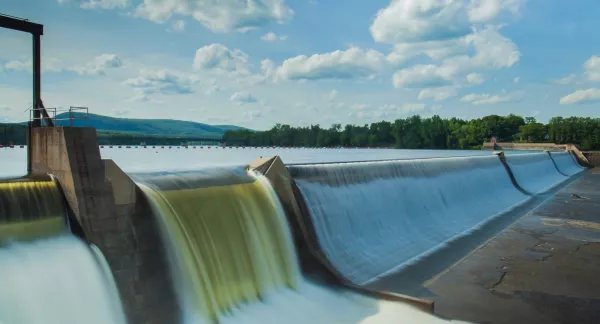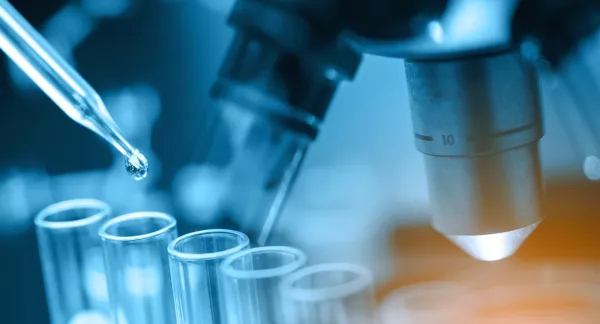
Establishing Nitrification Reliability Guidelines for Water Reuse
Abstract
In an effort to satisfy growing water demand in the face of dwindling water resources, many communities throughout the U.S. and the world are turning to water reclamation and reuse. Recycled water supplements conventional water supplies by capturing and treating wastewater that would otherwise be disposed of to the environment. Various disinfection processes may be used to meet pathogen removal requirements, but chlorine disinfection is by far the most common. Chloramines are formed when chlorine is added in the presence of ammonia. When adding chlorine to a water containing ammonia, the chlorine will stay as free-chlorine only if enough chlorine is added to consume all the ammonia present. This project is intended to build a foundation for the water reuse industry to begin differentiating between disinfection by free-chlorine and chloramines.
Originally funded as WERF project Reuse-10-15.


